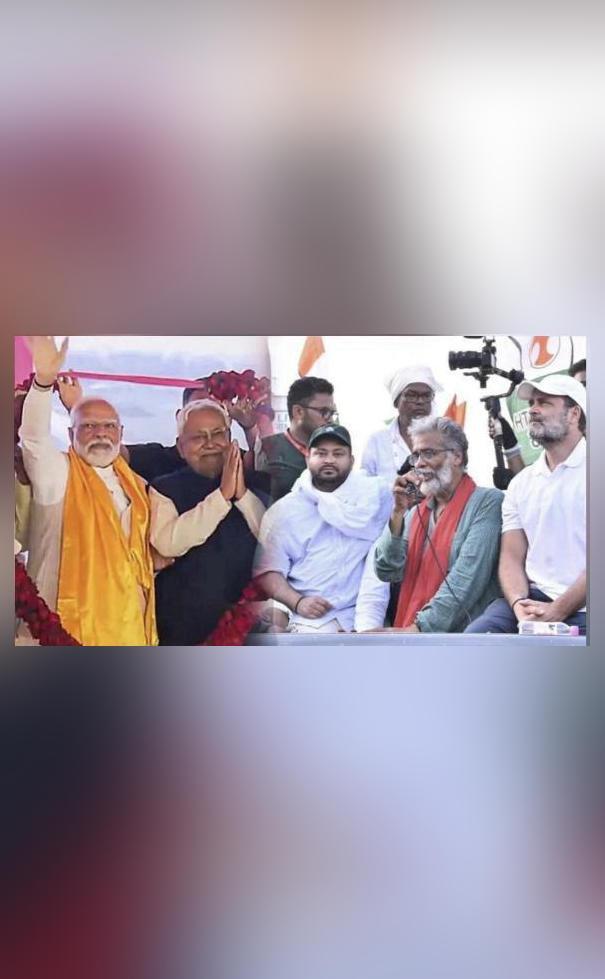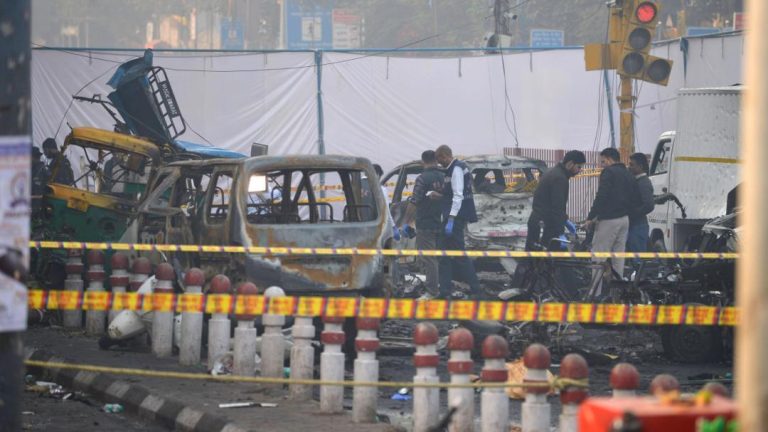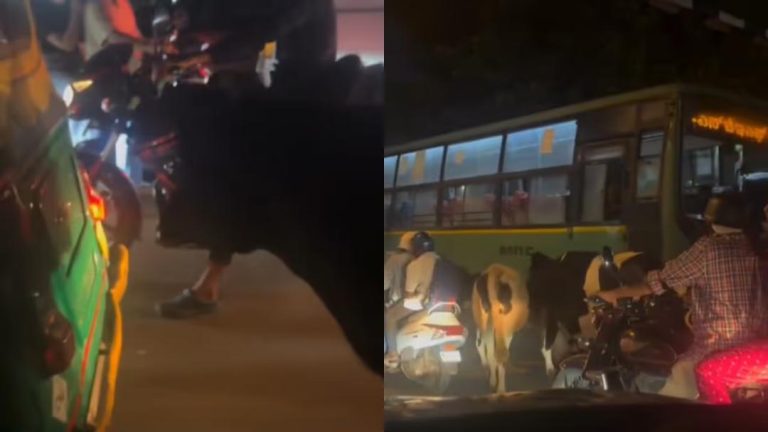
Which are the key seats in Bihar polls that are too close to call?
The upcoming Bihar assembly elections are expected to be a closely contested affair, with several key seats hanging in the balance. As the state prepares to go to the polls, analysts are keeping a close eye on a number of constituencies where the outcome is too close to call. In this blog post, we will explore the key seats in Bihar that are expected to witness tight multi-cornered battles, and what factors might influence the results.
One of the most keenly watched seats is Patna Sahib, where the incumbent MLA is facing a strong challenge from a rival candidate. The constituency has a significant urban population, and the rising turnout in recent elections suggests that the outcome could be influenced by the urban-rural dynamics. Similarly, Lakhisarai is another seat where the contest is expected to be intense, with multiple candidates vying for the top spot.
Other key seats that are expected to witness close contests include Alinagar, Gaya Town, Begusarai, Purnea, Madhubani, Arrah, Siwan, Darbhanga, and Bhagalpur. These constituencies have a mix of urban and rural areas, and the outcome could be influenced by a range of factors, including the performance of the incumbent government, the popularity of local leaders, and the impact of national issues on the campaign.
One factor that could potentially upset the applecart is the debut of Prashant Kishore’s Jan Suraaj party. As a seasoned political strategist, Kishore has a deep understanding of the Bihar electorate, and his party’s campaign is expected to eat into the traditional voter base of the National Democratic Alliance (NDA) and the Mahagathbandhan. This could lead to some surprise results, particularly in constituencies where the margins are expected to be tight.
Another factor that could influence the outcome is the shifting urban-rural dynamics in Bihar. In recent years, there has been a significant increase in voter turnout in urban areas, which could potentially alter the electoral calculus. At the same time, the rural areas are witnessing a growing awareness of issues such as employment, healthcare, and education, which could impact the way people vote.
To understand the nuances of the Bihar elections, it is essential to analyze the demographics of the key constituencies. Patna Sahib, for example, has a significant population of young voters, who are likely to be influenced by issues such as employment and education. In contrast, Lakhisarai has a larger proportion of rural voters, who may be more concerned with issues such as agriculture and rural development.
The campaign in Bihar has been marked by a high level of intensity, with all the major parties investing heavily in their campaigns. The NDA, which includes the Bharatiya Janata Party (BJP) and the Janata Dal (United), is seeking to retain power in the state, while the Mahagathbandhan, which includes the Rashtriya Janata Dal (RJD) and the Congress, is hoping to unseat the incumbent government.
As the campaign reaches its final stages, the focus is shifting to the key seats that will determine the outcome of the election. The candidates are leaving no stone unturned in their efforts to woo voters, and the electorate is being bombarded with a range of promises and slogans.
In the end, the outcome of the Bihar elections will depend on a complex interplay of factors, including the performance of the incumbent government, the popularity of local leaders, and the impact of national issues on the campaign. As the results are announced, it will be fascinating to see how the key seats in Bihar ultimately go, and what the implications will be for the state’s politics.
For now, all eyes are on the key seats that are too close to call, and the candidates who are battling it out for supremacy. Will the incumbent government retain power, or will the opposition parties manage to unseat them? Only time will tell, but one thing is certain – the Bihar elections will be a closely watched and intensely fought contest.






